What is the largest organ in the human body by surface area?
Brain
Heart
Liver
Skin
Correct Answer : D
The largest organ in the human body by surface area is the skin. It covers the entire external surface of the body and has an average surface area of about 20 square feet in adults.
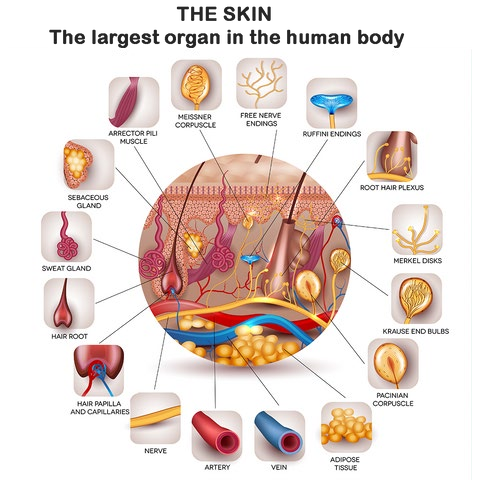 |
TEAS 7 Exam Quiz Bank
HESI A2 Exam Quiz Bank
Find More Questions 📚
Teas 7 Questions: We got the latest updated TEAS 7 questions
100% Money Refund: 100% money back guarantee if you take our full
assessment pass with 80% and fail the actual exam.
Live Tutoring: Fully customized live tutoring lessons.
Guaranteed A Grade: All students who use our services pass with 90%
guarantee.
Related Questions
Correct Answer is D
Explanation
The unit used to indicate length is the meter (m). It is the base unit of length in the International System of Units (SI).
Correct Answer is A
Explanation
The scientific purpose of retracing the steps of a fatal expedition, such as the 1924 climb of Mount Everest, would primarily be to assess the factors that contributed to the earlier expedition's failure. By analyzing the conditions, decisions made, and circumstances surrounding the previous climb, the mountaineer can gain insights into potential dangers, challenges, and mistakes that were encountered, which can inform current climbing practices and safety measures.
Here's why the other options are less appropriate as primary scientific purposes:
- B. To measure the oxygen levels at high elevation: While measuring oxygen levels can be a scientific goal, it is not the main focus if the intent is to understand the failure of the previous expedition specifically.
- C. To identify routes that can be explored in future climbs: This could be a minor aspect of the climb, but the emphasis is on understanding the past tragedy rather than route exploration.
- D. To show that modern technology makes climbing safer: Although modern technology may improve safety, the primary purpose of the climb, given the context, would be to learn from historical events rather than to prove a point about technology.
Thus, the scientific purpose of such a climb would be to assess why the earlier expedition failed.
Correct Answer is D
Explanation
A double-blind study is a research design in which neither the participants nor the researchers know which group participants are assigned to. This is done to minimize bias and ensure that the results of the study are as objective as possible. In a double-blind study, the treatment and control groups are randomly assigned, and the participants and researchers are unaware of which group each participant is assigned to. Option a) is an example of a randomized controlled trial, which is a common research design, but it is not necessarily double-blind. Option b) is an example of an open-label study, in which both the participants and the researchers know which group each participant is assigned to. Option c) is an example of a single-blind study, in which the participants do not know which group they are assigned to, but the researchers do.
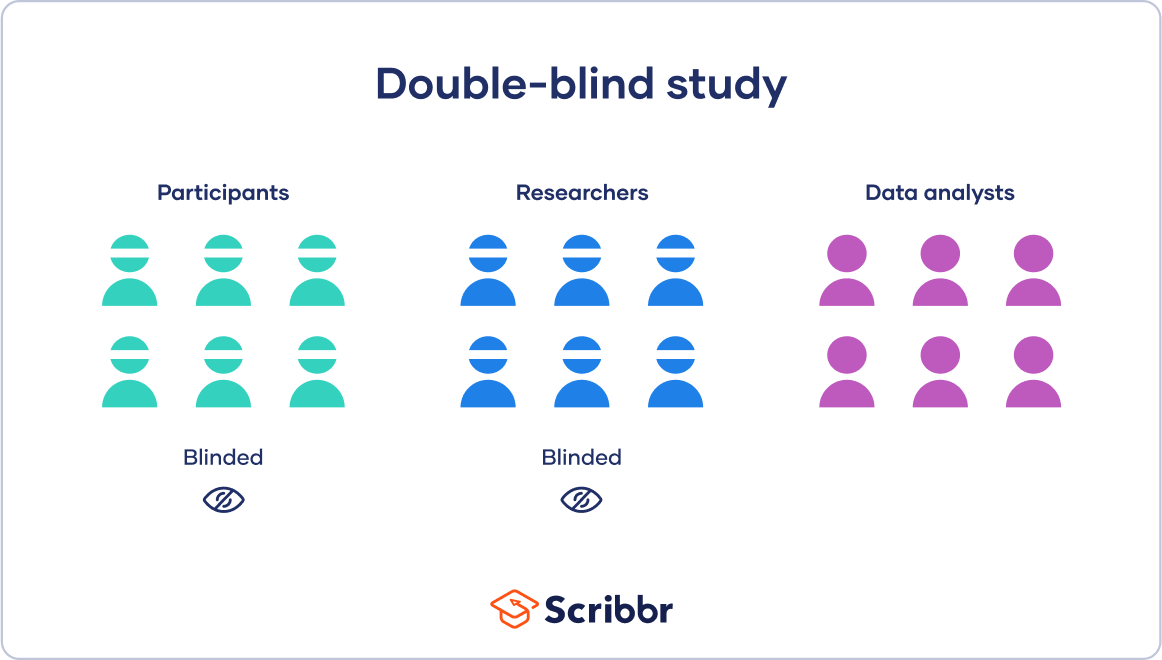
Correct Answer is A
Explanation
The data collected by the researcher on the number of cars passing through a busy intersection at different times of the day for a month would be most useful to analyze traffic paterns during rush hour.
Correct Answer is A
Explanation
Insulin is a hormone produced by the pancreas that plays a crucial role in regulating the levels of glucose (sugar) in the blood. After a person eats a meal, the levels of glucose in the blood rise, which stimulates the pancreas to release insulin into the bloodstream. Insulin acts on various cells in the body, particularly those in the liver, muscles, and adipose tissue, to promote the uptake, use, and storage of glucose.
Insulin helps to lower the levels of glucose in the blood by increasing the uptake of glucose by cells, stimulating the liver and muscle cells to store glucose in the form of glycogen, and inhibiting the production and release of glucose by the liver. This process is known as glucose homeostasis, and it helps to keep the levels of glucose in the blood within a normal range.
Deficiencies or abnormalities in insulin production or function can lead to a range of metabolic disorders, including type 1 and type 2 diabetes. In type 1 diabetes, the body does not produce enough insulin, while in type 2 diabetes, the body becomes resistant to the effects of insulin, leading to elevated levels of glucose in the blood.
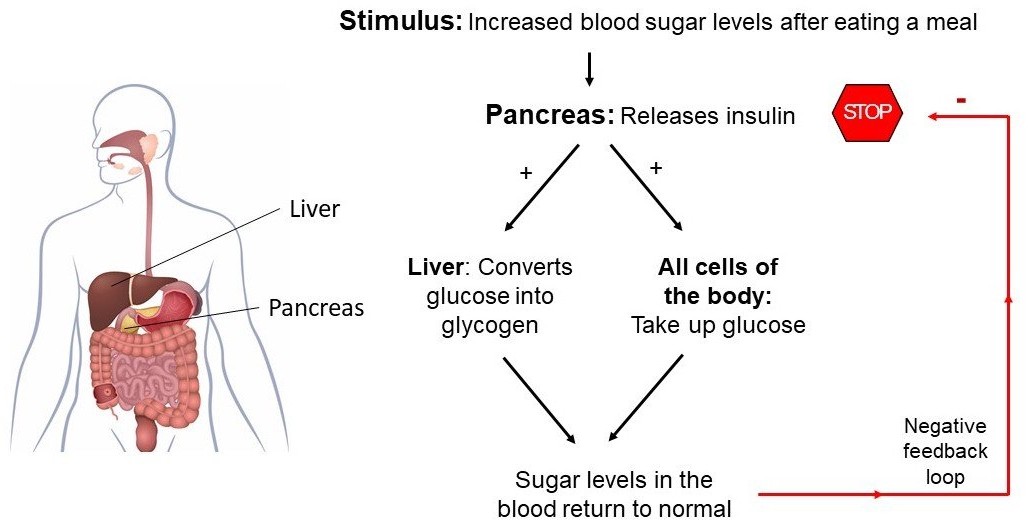
Correct Answer is C
Explanation
Spirometry is a common pulmonary function test that measures pulmonary ventilation, specifically assessing the volume and flow of air that can be inhaled and exhaled from the lungs. It provides important information about lung function and can help diagnose various respiratory conditions.
The other options do not relate to spirometry:
- A. Urinary capacity of the bladder: This is measured by urodynamics or bladder capacity tests, not spirometry.
- B. Volume of blood in the body: This can be estimated using different methods, such as dilution techniques or imaging, but not spirometry.
- D. Number of turns in the small intestine: This relates to the anatomy and function of the digestive system and is not measured by spirometry.
Thus, spirometry specifically evaluates how well the lungs are functioning in terms of air movement.
Correct Answer is B
Explanation
The mitral valve is located between the left atrium and left ventricle of the heart and helps to regulate the flow of blood between these chambers. It consists of two leaflets or flaps that open and close in response to changes in pressure as the heart beats.
During diastole, when the heart is relaxed and filling with blood, the mitral valve opens to allow blood to flow from the left atrium into the left ventricle. During systole, when the heart contracts to pump blood out of the left ventricle and into the systemic circulation, the mitral valve closes to prevent backflow of blood into the left atrium.
The mitral valve is one of four valves in the heart that help to ensure the unidirectional flow of blood through the heart and the rest of the circulatory system. Problems with the mitral valve, such as mitral valve prolapse or mitral stenosis, can lead to a range of symptoms and complications, including shortness of breath, fatigue, chest pain, and heart failure.
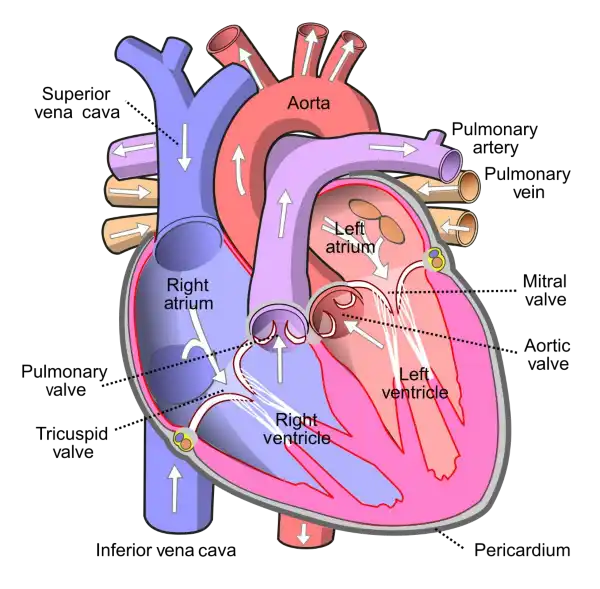 |
Correct Answer is A
Explanation
A physical change is a change that affects the physical properties of a substance, but does not change its chemical identity. Physical changes include changes in state, such as melting or boiling, changes in shape or size, and changes in phase, such as the dissolution of a solid in a liquid. In a physical change, the atoms and molecules of the substance are rearranged, but no new substances are formed.
A chemical change, on the other hand, is a change that results in the formation of new substances with different chemical properties. Chemical changes involve the breaking of chemical bonds between atoms and the formation of new bonds to create new compounds. Chemical changes are usually accompanied by a change in color, the formation of a gas or a solid, or the release or absorption of energy.
Overall, the main difference between a physical change and a chemical change is that a physical change only affects the physical properties of a substance while a chemical change results in the formation of new substances with different chemical properties.
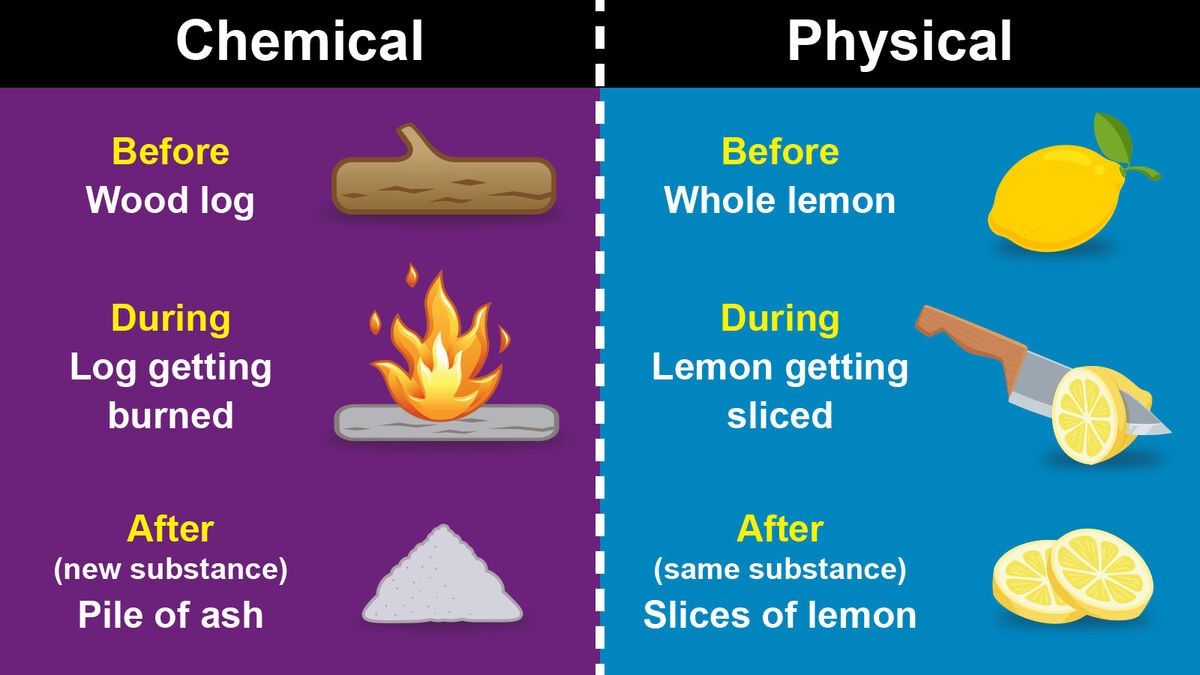 |
Correct Answer is C
Explanation
Facial acne is commonly caused by the blockage and inflammation of the sebaceous glands. These glands are responsible for secreting sebum, an oily substance that helps to lubricate the skin and hair. When these glands become overactive, or their ducts are blocked by excess sebum and dead skin cells, it can lead to the formation of pimples, blackheads, or whiteheads, which are typical signs of acne.
- Sebaceous glands are found near hair follicles and are primarily responsible for acne when they become clogged.
The other options are not related to acne:
- A. Lacrimal glands: These produce tears and are associated with the eye, not the skin.
- B. Sudoriferous glands: These are sweat glands, which are involved in perspiration, not typically linked to acne.
- D. Ceruminous glands: These are found in the ear canal and produce earwax, not involved in facial skin health.
Correct Answer is C
Explanation
Diaphragm is responsible for regulating breathing rate and depth. It is a dome-shaped muscle located at the
bottom of the chest cavity that contracts and relaxes to help move air in and out of the lungs.
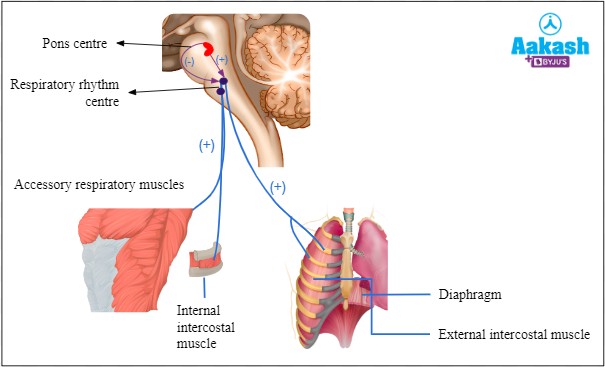 |
This question was extracted from the actual TEAS Exam. Ace your TEAS exam with the actual TEAS 7 questions, Start your journey with us today
Visit Naxlex, the Most Trusted TEAS TEST Platform With Guaranteed Pass of 90%.
Money back guarantee if you use our service and fail the actual exam. Option of personalised live tutor on your area of weakness.
